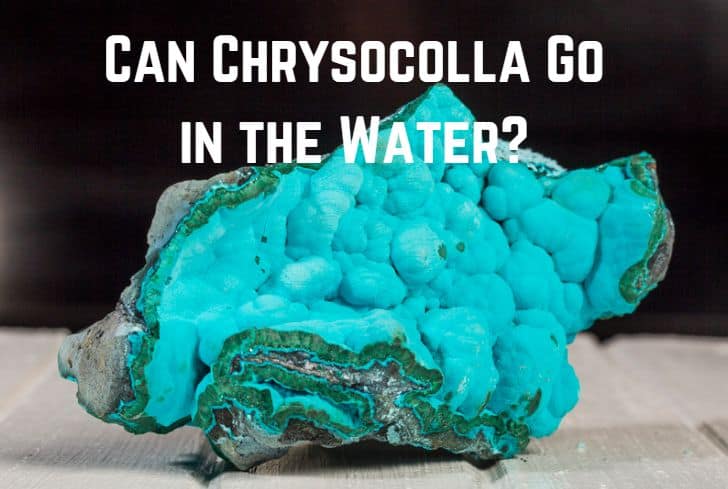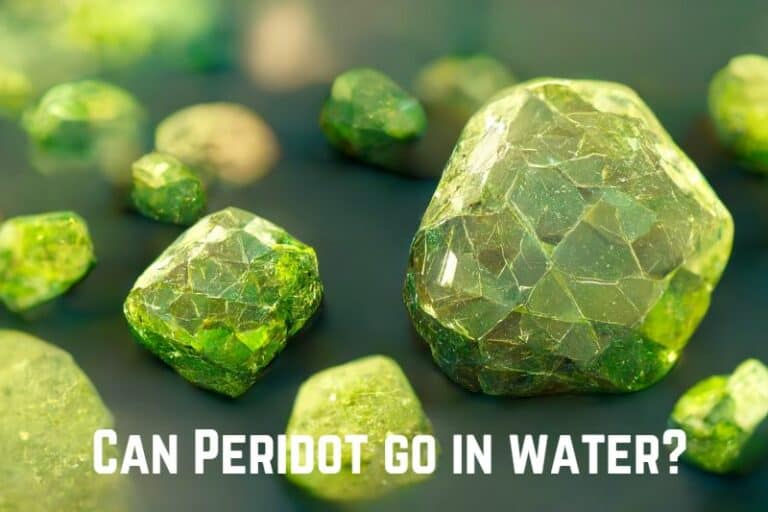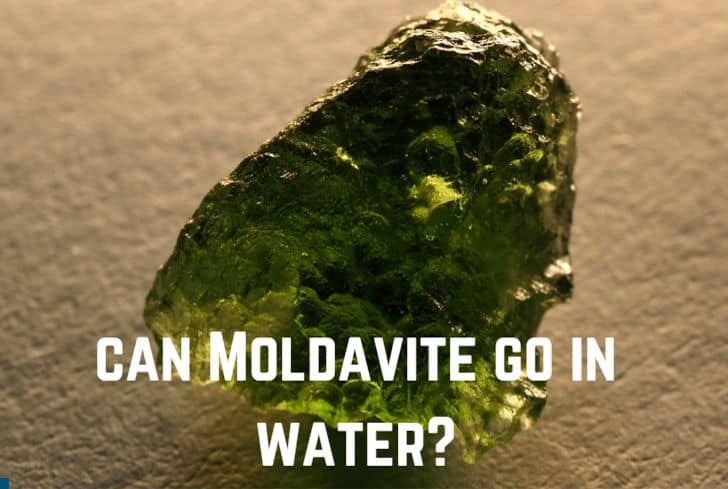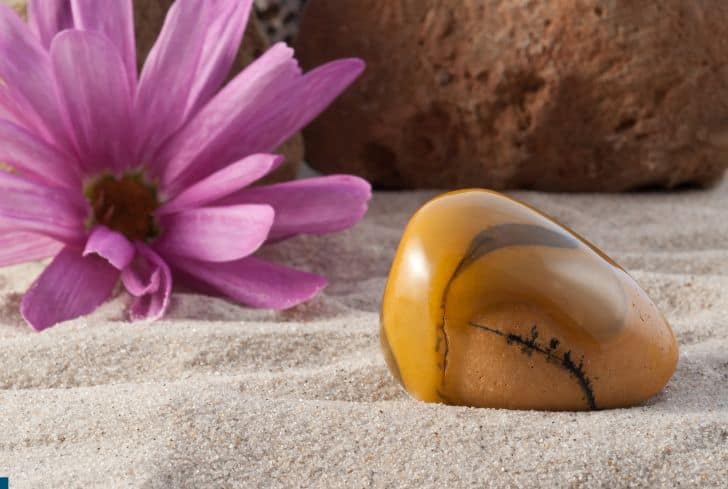Can Fluorite Go in the Sun? (Read Inside)
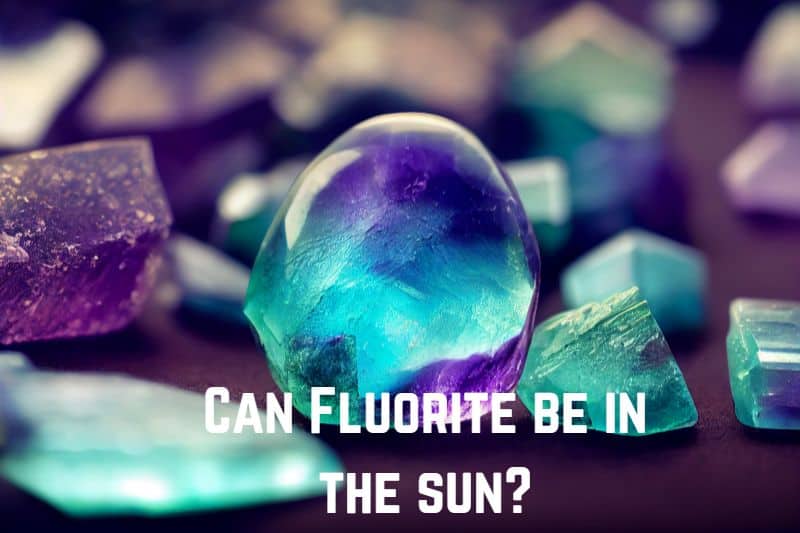
Fluorite is a mineral made up of calcium and fluorine, having the chemical formula of CaF2. It comes in a wide range of beautiful colors and is also a popular healing stone that removes negative energies. It also has a number of industrial uses.
Have you ever wondered if fluorite can go in the sun? In this article, we are going to discuss just that. We will begin by discussing what happens when you put the stone in sunlight. Then we will talk about different ways of charging and cleansing it. Finally, we will look at its properties & uses.
Read: Can Lapis Lazuli Go in Water?
Can Fluorite Go in the Sun?
You should not leave fluorite in the sun at all. It is a sensitive stone that can get easily discolored when left in sunlight, and some color variants might instantly lose their beautiful color. Instead, you can try other ways of recharging the stone.
Placing stones under sunlight is a common way of recharging them. However, this method is not suitable for all stones: some of them get discolored while others may even get brittle. The same happens with fluorite.
Fluorite, like all stones, has certain cleavage planes along which it can crack. When you leave the stone out in sunlight for too long, it can exacerbate the existing fractures or possibly create new ones. This will deteriorate your beautiful stone.
Similarly, the excessive heat of the sun can also cause thermal stress, leading to cracking. Finally, sunlight will cause fading and discoloration in your stone. If you have a beautiful green/purple stone, just a few minutes under the sun can turn it light pink.
Blue fluorite is the most sensitive to sunlight, and in general, all specimens can become colorless when exposed to sunlight for too long. Therefore, it is best not to leave fluorite out in the sun. Instead, keep reading to find out how you can recharge your stone in other ways.
How to Protect Fluorite From Sun Damage?
Fluorite is a sensitive stone that will easily get discolored or damaged when exposed to the sun. Therefore, you must keep it away from sunlight and adopt other ways of recharging it.
While it is common to recharge many stones by placing them under the sun, it is not suitable for fluorite. Even if you put it behind glass, it will either lose its color or get damaged. Fluorite is so sensitive that it is not meant for putting on display or even wearing.
Fluorite is primarily a healing stone that removes negative energies. Exposure to sunlight will not change the stone’s vibrations and healing properties (only the color), but it’s still better not to leave it out.
Instead, it is best to store fluorite in a dark place. You should take it out only when you wish to meditate with it, and ideally, this should also be done indoors.
How to Charge Fluorite?
Fluorite is extremely sensitive to the sun and will easily get discolored/damaged by sunlight. However, there are plenty of other ways of charging fluorite. These include burying it, placing it on selenite, using moonlight, etc.
You can charge fluorite in the following ways:
- Burying: You can bury fluorite outside in the soil for a few hours or even for a few days. The length of burying can vary from specimen to specimen, so try what suits you. However, remember that fluorite is extremely sensitive to water. So, do not bury it in a place where the soil is wet or when there is a likelihood of rain. This method is perfect when you feel that your stone is very heavy with energy.
- Selenite: Using selenite is another common way of recharging stones, and it is great for fluorite. Just get hold of a selenite slab/piece that is roughly the same size (or somewhat bigger) as your fluorite. Then place your stone on top of the selenite piece and leave it there for 24 hours. After a day, your fluorite stone will be charged.
- Moonlight: While sunlight is too harsh for many stones, moonlight serves as a perfect alternative. The soft rays of the moon are much more gentle, which can be made even gentler if you place the stone behind a window. Placing your fluorite under the moonlight, especially when there is a full moon is a great way of charging it. You can leave it overnight (7-8 hours), but remember, the stone shouldn’t come in contact with water.
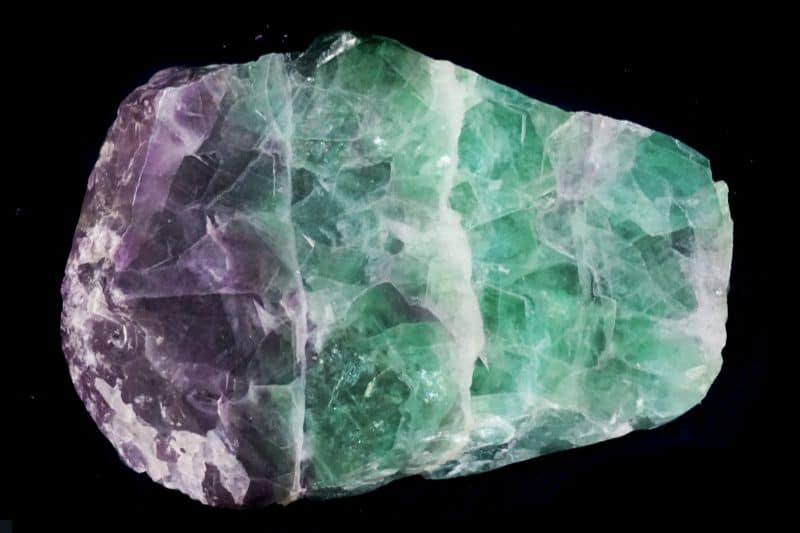
How to Cleanse Fluorite?
Cleansing your stones regularly is as important as recharging them, and you should ideally do it once a week. In the case of fluorite, you must absolutely avoid using water, as it will damage the stone. Instead, you can cleanse it with sound or smoke.
Fluorite has a value of 4.0 on the Mohs Hardness Scale, meaning that it will easily get damaged when immersed in water. Therefore, we have to use other methods of cleansing it. Using sound is a popular choice among many.
This can be done with Tibetan singing bowls, but if they are too expensive for you, then you can also go with tuning forks. In fact, some people also play YouTube music videos made for cleansing crystals, and you can also try that.
The best thing about this method is that, along with the stone, the sound can be relaxing for you as well. Besides this, you can also use smoke. Pick the herbs of your choice, light them up, and then blow out the fire.
You can then waft the smoke over your fluorite stone, or you can lift the crystal over the smoke for some time.
Does Fluorite Glow at Night?
No, Fluorite does not inherently glow in the dark. However, it has a property known as fluorescence, which makes it emit light of various colors. But this only takes place in the presence of an external UV light source.
The mineral fluorite is what gave the name to the process of fluorescence. What happens is that when a UV light is shone on fluorite, it emits various colors of light. These colors can be blue, green, pink, or even yellow.
The specific color that you see getting emitted out of the fluorite stone will depend on the impurities and the trace elements present in the crystal. This whole phenomenon depends on the external source of UV light.
So, when you remove it, fluorite will no longer emit or glow. So, fluorescence is basically a temporary process that occurs when UV light is shone in fluorite.
Properties and Uses of Fluorite
These are the properties of fluorite:
- Appearance: Fluorite comes in a wide range of colors. It is inherently transparent and colorless in both visible and UV light. However, its various impurities give it different colors, making it a beautiful stone for ornamental and lapidary purposes. Due to its numerous colors, fluorite is also known as “the most colorful mineral in the world”.
- Occurrence: Fluorite is formed in felsic igneous rocks by hydrothermal processes, and within rocks, it usually occurs in gangue minerals (associated with metallic ores). Fluorite is also found in cavities of limestones and dolomites. Around the world, it is distributed in South Africa, China, Mexico, etc.
- Crystal Structure: Fluorite crystallizes in isometric cubic habit. It is the only common mineral that has four directions of perfect cleavage. Fluorite’s isometric structure and cleavage together often cause the stone to cleave into perfect octahedrons.
- Hardness: The Mohs Hardness Scale uses Fluorite to define the value of 4.0. Because of its relatively low hardness (less than 5.0), fluorite should not be immersed in water as it can get damaged. It should also not be exposed to sunlight to prevent discoloration.
Read: Can Pyrite Go in the Water?
Flourite has a wide range of uses, such as:
- Ornament & Lapidary: Because of its wide range of beautiful colors, fluorite is widely used in ornaments. It is also used in lapidary, where it is turned into cabochons, engraved gems, etc.
- Ceramic: Fluorite (or Fluorspar, as it is known in industrial contexts) is used in the manufacture of ceramics, specialty glass, and enamelware. It helps to create hard glossy surfaces and makes consumer glass objects more attractive.
- Metallurgy: Fluorspar is also used in the production of metals, such as iron and steel. It often serves as a flux that removes impurities (such as sulfur and phosphorus ) from molten metal, thereby improving the fluidity of the slag.
- Optics: Fluorite helps to make clear lenses that have low dispersion; these exhibit less chromatic aberration and are therefore very important in microscopes & telescopes. Fluorite lenses are also ideal for ultraviolet and mid-infrared ranges.
Conclusion
In this article, we have looked at the interaction of fluorite with sunlight. Being a sensitive stone, fluorite should not be exposed to the sun, otherwise, it can lose its color or even get damaged. However, there are numerous other ways of recharging it, such as through moonlight or selenite. We also looked at the properties and uses of fluorite.

